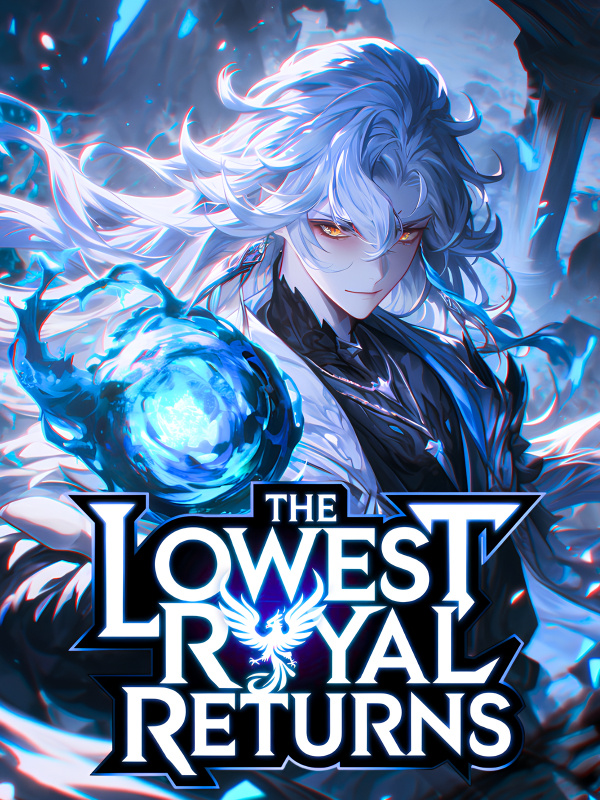©WebNovelPub
Herald of Steel-Chapter 153 Chainmail And Last Minute Preparation
Chainmail was a superb type of armor made of interconnected steel rings that provided very good protection from sword, spear, and arrow strikes.
This type of armor had not been invented yet and it was also not something that was going to be used in the upcoming battle as it was too time-consuming to make a lot of in the short time they had.
On the contrary, this was more of a pet project of Alexander, as he wanted to have the presumably the best blacksmiths in the country try their luck on making this very good, but also prohibitively time-consuming piece of armor.
He wanted to see how viable it was to make such armor with the existing technology and the unforeseen challenges that existed.
So, he got a few blacksmiths together and first showed them the basics he had learned while he was working for a prop company sometime earlier in his previous life.
That company specialized in making accurate historical reenactments of medieval weapons and armor for movies, TV shows, and medieval hobbyists and Alexander had worked there for a few years as one of their steel makers and quality ensurer.
So, he knew how to make chainmail.
Which he was now demonstrating to the armorers.
First, he took the long, about 4mm thick wire and started passing it through a draw plate.
A draw plate was a small metal or in this case, wooden rectangular piece, which had several small holes drilled into them, ascending from bigger to smaller, through which steel wires would be drawn, first through the bigger ones and then progressively through the smaller ones, till the wire was the desired diameter.
Alexander wanted the wires around 1.5 to 2mm in thickness, and so using the tongs as a vice, he forced the steel wires through the smaller and smaller holes till he was satisfied with the size.
Afterward, he took an L-shaped wooden mandrel, about 8mm in diameter with a hole in the lower end of it, and put the wire through that hole, intending to make a spring.
Once he started spinning the mandrel using the L-shaped handle, the wire spun along with the mandrel, winding against it and becoming a spring.
After the spring reached around 10cm in length, Alexander removed the spring from the mandrel and then using the tongs started cutting the individual rings of the spring, while leaving an overlap.
Next came the real armor-making part, as Alexander took a ring, using the tongs to slightly open the cut ends of the rings, and then put four more rings through the center ring to make a 4-1 shape- i.e- One ring containing four others inside it.
This pattern could be repeated as many times as one would like, attaching additional rings to the side rings to make the structure bigger and bigger until a whole shirt of small rings or as they were called chainmail was manufactured.
Chainmail came in mainly two types- categorized by how the open ends of the rings were closed.
The first was one where the hammer was used to beat the two ends together and make them flat and just stick to one another.
This was called butted mail and it really was not good against sword or spear strikes or really anything substantial.
Though butted mail was historically accurate in Alexander's previous times, it was really not that effective and one might even be able to tear a butted mail using his bare hands.
The far better way to make chainmail was using the second option- by riveting the mail.
Riveted mail was made when after the two open ends were hammered flat overlapping one another, a small wedge-shaped hole would be punched through them using a chisel, and then a thin steel wire was put through the hole to hold the ends together.
The ends of the wire would be flipped up to prevent it from slipping out and thus would act almost like a nail, holding the ring together.
All the individual rings would have to be riveted like this, which increased the workload by a few times as opposed to just hammering the ends together, but also had the benefit of producing far, far stronger armor, many times better than butted mail.
And this was also what Alexander was making.
After Alexander showed the first few riveted rings and the mechanism to attack new rings to the existing matrix structure, the blacksmiths felt like they had seen the sunrise from the west.
They were all amazed by this innovative use of steel as the primary metal of this time was bronze, which couldn't be manipulated like steel as they bought crack under large deformations.
Alexander gave his size and then ordered the blacksmiths to make as many full shirt chainmail as they could, knowing that it would be unlikely to be many.
A full shirt mail would have anywhere between thirty to fifty thousand individual rings depending on the size of the rings and would take an average person hundred and fifty hours to make one piece.
To put that into perspective, that was working more than ten hours a day for two weeks nonstop, just to finish one piece of armor.
And if one wanted to equip an army of tens of thousands, well, one would need a smaller army of blacksmiths to do it.
Leaving the blacksmiths to do their work, Alexander retired for the day, and the next day he met with another group of artisans, the sculptors to discuss the making of the statue of the goddess Gaia.
He presented them with a drawing of his statue, which he had made combining Ophenia's face, Gelene's breasts, and Cambyses' waist and thighs. f𝚛e𝚎𝘄𝒆𝚋𝚗𝚘ѵ𝑒𝚕.𝑐𝘰𝑚
This produced a beautiful, but also incongruous body shape, but Alexander didn't seem to mind as he reasoned that a goddess shouldn't have the same proportions as a human.
The stone masons gave a deadline of a year for the statue which Alexander expected and thus accepted.
Alexander in the meantime had also convened a meeting between the mercenary leaders, where he announced the payment of a thousand roplas to everyone, an additional two thousand ropals to the fifteen hundred cavalrymen, and ten thousand ropals to the captains, fifty thousand roplas to the stratos and two hundred thousand roplas to the mercenary leaders.
This generous payment made the soldiers cheer and in general Alexander's loose purse soon made him very popular in the army and Menes even reported to him afterward that many Cantagenans and some even from the other mercenary groups were applying to join his mercenary group.
This pleased Alexander very much and he quickly instructed Menes to accept them all.
Alexander also gave an advanced payment hundred ropals to the new recruits, which was close to an average month's pay for the people of Adhan, and promised an additional two hundred roplas if they won against Amenheraft.
But that only added to up three hundred ropal.
Didn't Alexander promise Ptolomy a thousand ropal per soldier?
Of course, he pocketed the rest of the seven hundred as a risk fee.
He was after all taking a lot of risk by betting on the dark horse.
Alexander also told the mercenary leaders of his deal with Ptolomy and Zanzan, and asked if they wanted to join him and though Menicus and Melodias said yes, Petricuno, who was a Cantagenan and knew of its war with Exolas, politely declined as he intended to fight there next.
But, one surprising man that didn't immediately say yes was Heliptos, who had family in Thesos and was confused about whether to immigrate.
Alexander's days passed like this, in a blurry whirlwind as he would wake up early in the morning and then make his way to the barracks to train with the recruits.
He would mainly focus on teaching them to march in unison and how to throw the pilum.
He also made them perform a retreating or backing-up maneuver and this was done in the same place the three battles had taken place.
The soldiers would throw their pilums and then in orderly formation back up to the hilly slopes, all the while ensuring to keep unit cohesion.
This strange training tactic confused his commanders, but Alexander insisted.
Later in the day, Alexander would spend his time reading military reports, ensuring proper stock of supplies, listening to Camius's intelligence report about both the army and the city, and knowing about Amenheraft's whereabouts.
Alexander had also ordered the walls of the city be reinforced, its gates properly manned and any secret passages blocked or guarded.
Finished doing this all day, Alexander would then burn the midnight oil in the royal study studying Azhak and trying to grasp the new language as soon as possible.
And given its close resemblance to Thesian, within three weeks, he had grasped the basics well enough to hold a half-baked conversation
Eighteen days passed like this, after which his scouts informed him that Amenheraft was spotted near the city.
War was imminent.






![Read The Royal Military Academy's Impostor Owns a Dungeon [BL]](http://static.novelbuddy.com/images/the-royal-military-academys-impostor-owns-a-dungeon-bl.png)